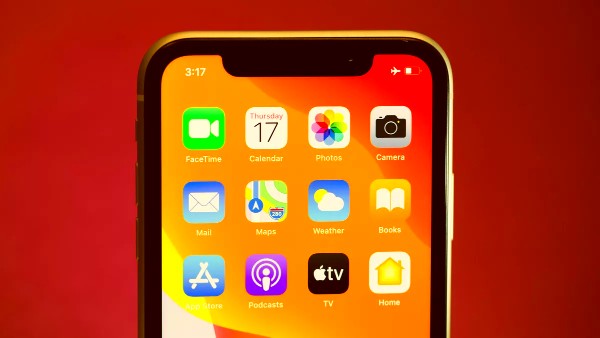
If you wish to make a call with someone but want to use voice chat instead of video, you can effectively use the FaceTime Audio. Unlike a traditional phone call, FaceTime Audio can be downloaded and used on the iPhone, iPad, or Mac. It is necessary to know that the application uses a WiFi or cellular connection.
Not Able To Make FaceTime Calls?
If none of the above applies to you and you are still unable to make or receive FaceTime calls, here is what to do:
- Make sure your device has a stable and good Wi-Fi internet connection or a mobile data connection.
- Learn more if you are using a router, firewall, or security software that restricts Internet access.
- If you are adjudicating to use FaceTime from a mobile phone, make sure FaceTime has “Use mobile data” turned on. Go to Settings, click the Mobile data or Mobile Network, and turn on FaceTime. If you are using an iPad, you will see Settings> Mobile.

- Visit the Settings> FaceTime and make sure FaceTime is turned on.
- If you see “Waiting to activate,” turn off the application and turn it back on. Find out what to do if you can’t activate the same.
- If you don’t see the application settings, make sure the camera and FaceTime aren’t turned off in Settings> Screen Time> Content & Privacy Restrictions> Allowed Apps.
- Make sure to provide the correct phone number or email address.
- Go to Settings> General> Date & Time and allow Set automatically.
- Restart the device.
- Modernize your device to the most advanced version of iOS.
Facing Sound Quality Problems On FaceTime?
If your cellular connection, your Wi-Fi network is slow, or if other users are sending audio or video on the same Wi-Fi network, the following problems may occur:
- Connection warnings or inability to connect.
- Unstable video calls.
- Black screen.
- Interrupted audio and video calls.
- Make sure you and the person you are calling are using a fast Wi-Fi or cellular connection. FaceTime requires a broadband connection when using Wi-Fi.